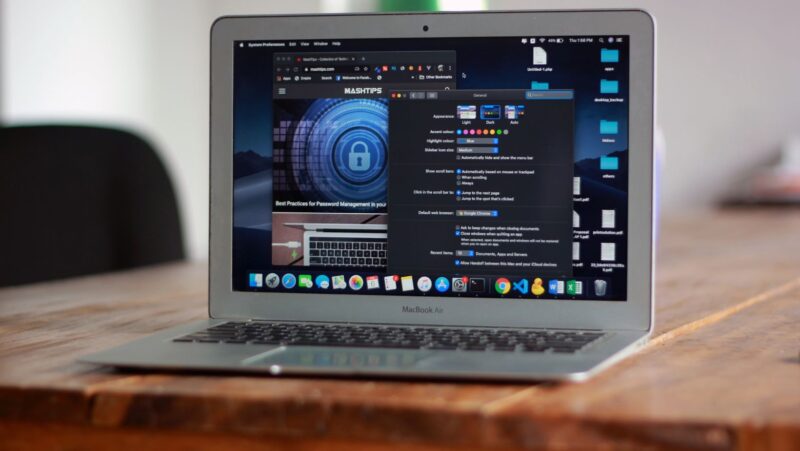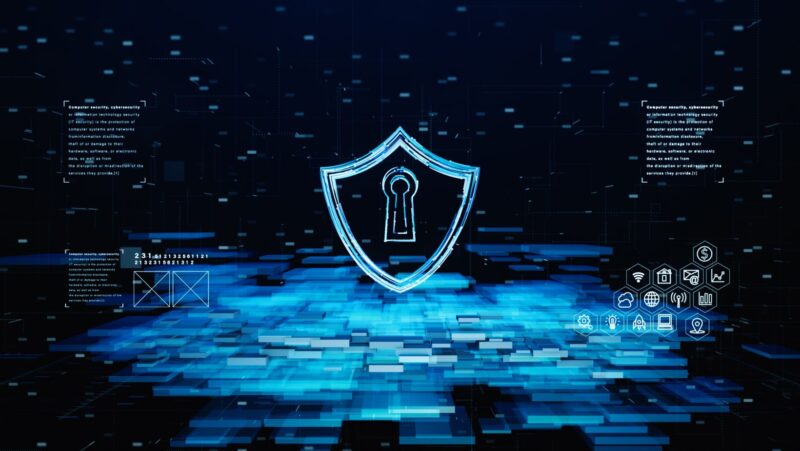
The cloud has transformed how we store data, collaborate across borders, and power business innovation. However, as cloud adoption accelerates, so does the complexity of the threats targeting these environments. In 2025, cloud threats are no longer static risks—they’re rapidly evolving, intelligent, and often invisible until it’s too late.
For tech leaders, staying protected means staying informed. Here’s a look at how cloud threats are evolving—and what your organisation should be focusing on to stay ahead.
From Perimeter-Based to Perimeterless Threats
The Evolution:
The traditional network perimeter has disappeared. Employees now connect to cloud services from multiple locations and devices, often over unsecured networks.
The Risk:
Cybercriminals exploit these flexible setups, targeting cloud APIs, user sessions, and misconfigured accounts.
What to Prioritise:
Implement a Zero Trust security model. Verify every access request—whether internal or external—and apply strict identity-based controls. With distributed teams and growing endpoint exposure, organizations should work with Dallas cloud services to take a proactive stance on cloud infrastructure resilience, identity governance, and policy-based access control across hybrid environments. Assume that nothing and no one is inherently trusted.
From Isolated Malware to AI-Driven Attacks
The Evolution:
Hackers are using AI and machine learning to generate more evasive malware. These attacks adapt to environments and mimic user behaviours to remain undetected.
The Risk:
Traditional signature-based detection can’t keep up with these dynamic threats.
What to Prioritise:
Use AI-powered threat detection tools that analyse patterns in real time. Look for solutions that flag abnormal user behaviours and respond automatically.
From Opportunistic Hacks to Supply Chain Attacks
The Evolution:
Instead of targeting you directly, attackers go through less secure vendors or cloud services you rely on.
The Risk:
Once inside the supply chain, attackers can affect multiple companies at once, often with devastating scale.

What to Prioritise:
Continuously assess the security posture of third-party vendors. Limit their access to essential systems and ensure your contracts outline cybersecurity responsibilities clearly.
From One-Time Breaches to Persistent Intrusions
The Evolution:
Hackers now favour long-term infiltrations. They establish footholds and gradually escalate privileges to steal data or monitor activity unnoticed.
The Risk:
These long-dwelling threats can go undetected for months, increasing damage and regulatory risks.
What to Prioritise:
Deploy advanced monitoring and alert systems across your cloud environment. Use behavioural analytics to detect deviations early.
From Basic Phishing to Multi-Vector Cloud Exploits
The Evolution:
Phishing campaigns are now entry points to broader attacks. After harvesting credentials, attackers move laterally through systems, often without triggering alarms.
The Risk:
Without layered defences, one compromised user could open the door to sensitive data across multiple services.
What to Prioritise:
Enforce multi-factor authentication (MFA), restrict access using role-based controls, and run phishing simulation training to build employee awareness.
From Manual Defences to Automated Security Meshes
The Evolution:
Static security tools don’t work in the fast-paced cloud. Today’s workloads are dynamic, spread across multiple cloud providers, and constantly changing.
The Risk:
Manual defences can’t keep up, leaving blind spots and delayed responses.
What to Prioritise:
Invest in adaptive security solutions like Cloud Secure Edge. It provides automated, consistent policy enforcement across your environment, combining firewall, Zero Trust access, and threat intelligence in one unified platform.
From Siloed Tools to Integrated Platforms
The Evolution:
Disparate tools from different vendors often don’t communicate, creating gaps in visibility and delaying response times.
The Risk:
Fragmented defences make it harder to correlate threats and increase the chance of something slipping through the cracks.
What to Prioritise:
Use centralised platforms that offer full visibility and streamlined control.
From Compliance-Led to Risk-Led Security
The Evolution:
Security used to be driven by ticking boxes for compliance. Now, real-world threats often exceed what’s required by regulations.

The Risk:
Relying solely on compliance frameworks leaves you exposed to modern, sophisticated threats.
What to Prioritise:
Shift to a risk-based approach. Conduct regular threat assessments, invest in security drills, and tailor your controls based on likely attack vectors—not just legal requirements.
Final Thoughts
In 2025, cloud threats are smarter, faster, and harder to detect. To meet this challenge, tech leaders must go beyond reactive protection. They need intelligent, automated, and integrated systems that adapt as quickly as the environments they protect.







